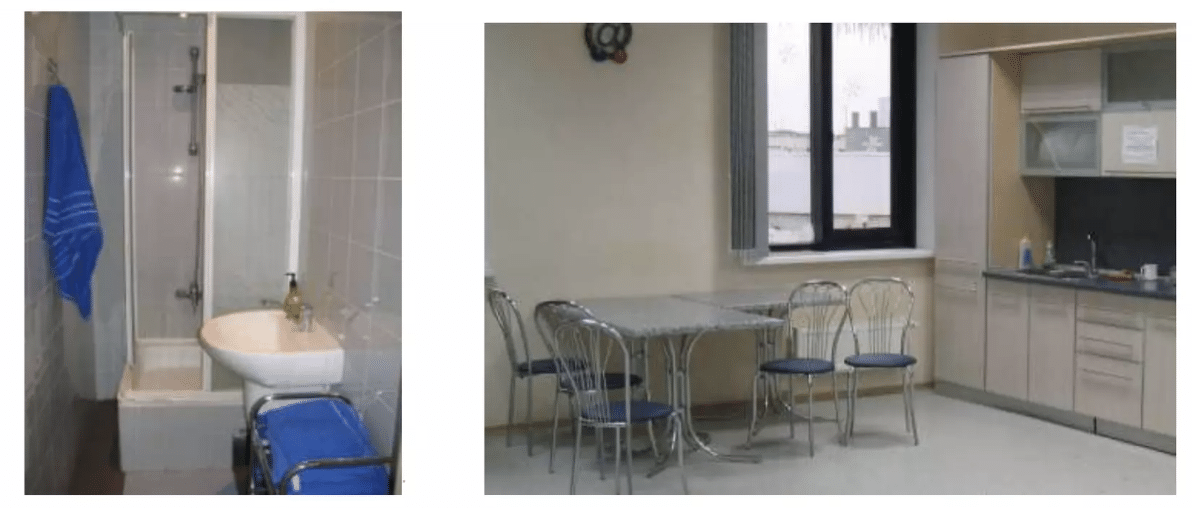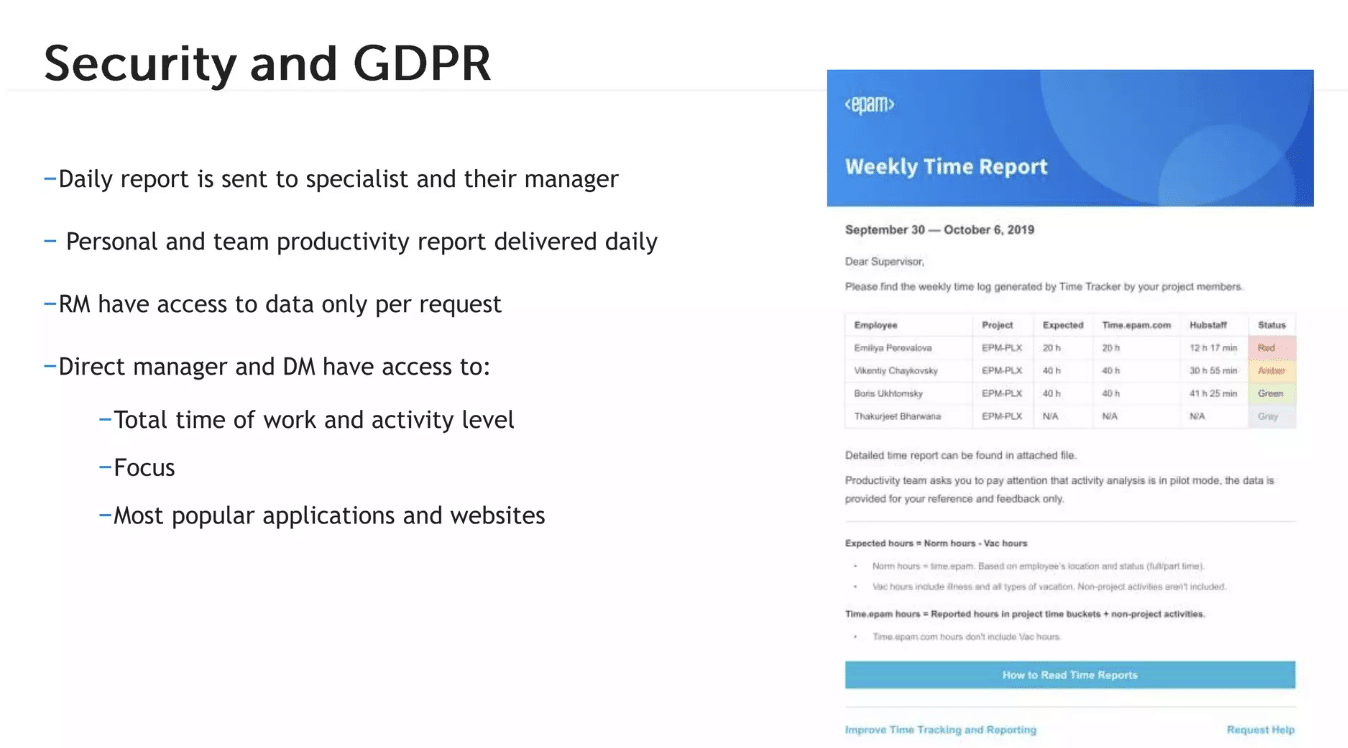We are entering another crisis, and we’re almost halfway through it. Sometimes it gets better, but the market keeps declining. Most IT software companies are selling the same way they did 10 years ago. Those who couldn’t cut unnecessary overhead costs have started eating into their cash cushions. The market is waiting for strong and upgraded offers, but we’re likely just following old patterns.
Everyone dreams of returning to the times when sales came easy. In 2010, outsourcing wasn’t just easy to sell; it practically flew off the shelves. By 2015, outsourcing prices in our region increased by 30-40%, but selling was still manageable. By 2019, prices rose another 30%, and we caught up with our European counterparts in salaries.
Let’s quickly recall the main reasons why we could outperform our European colleagues.
Back then, no one mentioned or even knew that:
- We have a strong mathematics school.
- We work longer hours.
- We can be creative.
- Our salaries were comparatively lower.
- There was a wide availability of talent on the market.
These were the selling points we heard when I first started selling IT services about 15 years ago in a classic IT shop. I remember looking at the company’s website and thinking, “Wow, this looks amazing, and we’ll surely be flooded with clients!” And that’s how it was.
Let’s compare how IT companies presented themselves 10 years ago versus today.
Classic IT Outsourcing & Outstaffing Presentations (2010–2018)
- Operational Reach Map
Always included a map to showcase operational capabilities. Is this still relevant? Probably, yes! 
- Client Logos
Dozens of client logos followed. Is this important today? Still trying! 
- Certificates and Awards
Certifications, accolades, and honors filled another slide. Is this still decisive? Probably not critical anymore. 
- Office Photos
Photos of offices and developer desks were standard. Why this was considered impressive is still unclear, but it seemed to convey professionalism compared to working from someone’s apartment. This is completely irrelevant today, especially with remote work dominating.
Side note: Please don’t show kitchens and showers anymore! It’s outdated and awkward. Developers don’t need to be “fed and bathed” to perform well. And, please, no sweaters in photos! This is not demonstrated as a normal quality of life. Today it’s standard anywhere in the world. 
- HR-Supported Developer Activities
Slides about team-building activities, New Year parties with caviar sandwiches, and even dances were a thing. Post-COVID and wartime realities have rendered this irrelevant in such conditions. Parties should be, but presenting this as a Value Proposition looks weird nowadays. 
- Company Values
A slide about values often followed, where companies passionately declared, “People are our greatest asset!” While still true, it’s no longer groundbreaking to highlight this.
- Pricing and Costs
Slides about pricing showed rates as low as $15/hour, back when developers were happy, well-fed, and productive. Today, $15/hour won’t even get you a Facebook banner. Presenting rates is now about showcasing developer expertise and accumulated experience, not low costs. 
- Freelancers vs. IT Shops
Comparisons between freelancers from Upwork and “happy IT shop developers” used to be common. Today, such slides are mostly irrelevant because clients care more about outcomes than how or where the work is done. 

- Reporting & Communication
Reporting slides remain relevant. Clients want to know when and how updates will be communicated.
Key Takeaways from 2010 IT Company Presentations:
- Developers were relatively available, and European prices were slightly higher.
- There was a rich talent pool to choose from.
- Office parties were a big selling point.
How IT Companies Sell Outsourcing & Outstaffing in 2024
- It’s All About People
The first slide now revolves around people—emphasizing growth through offshoring to save costs. The tone is positive and uplifting. 
- Strategic Citations
Presentations often include quotes from influential consultants, highlighting that offshoring isn’t just about cost-saving but achieving strategic goals. 
- Focus on Team Retention
Modern presentations stress the importance of retaining talent, listening to feedback, and investing in HR expertise. If you’re not good at it, delegate it to someone who is. 
- Explaining the Business Model
Clients are encouraged to think long-term, focusing on savings achieved over 2–3 years through offshoring. The pitch is about building sustainable growth by strategically reducing costs. 
- Value Proposition
Companies emphasize how offshoring can boost profit margins (P&L), attract funding, and support scaling with a skilled, affordable workforce.
- Client Testimonials
Testimonials and case studies are increasingly common, sharing real-world experiences of clients who chose offshoring. This adds credibility and perspective.
Key Changes from 2010 to 2024 Offers:
- Pricing details have been removed.
- The focus shifted to explaining the value of offshoring.
- Retaining and building loyal teams is a key message.
- Client perspectives are highlighted to showcase the business model’s benefits.
Conclusion
Today, outsourcing to Ukraine is no longer about instant cost savings in a month but about long-term partnerships that yield real value after two years or more.
Large IT companies with significant resources can still afford to maintain extensive benches and promise instant team scaling. Smaller IT shops, with teams of 10–30 people, need to differentiate by demonstrating niche expertise and technological skills.
If you need a winning presentation or offer, reach out to us! We create proposals that close deals worth $5M+ or even $15M+ in outsourcing and outstaffing projects. Check out our case studies!
Wishing you all successful presentations and client offers!
P.S. I suggest watching our latest Sales Mates podcast with Sayed – VP of Sales Hubstuff which pushes the company to a $32 revenue turnover.


















